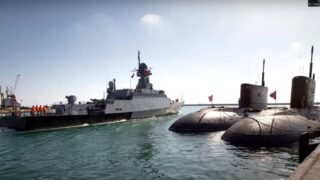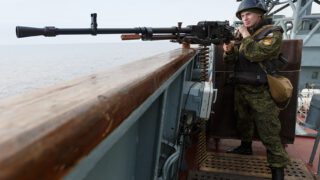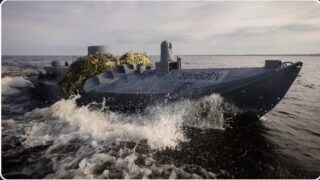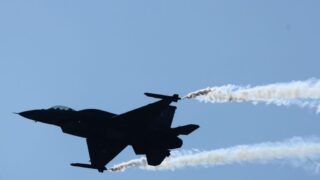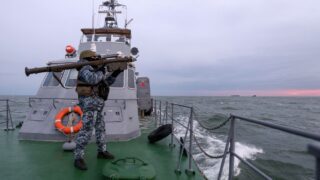Sea control and sea denial — and the difference between naval and land warfare
Video Summary
The concept of sea control and sea denial is crucial in naval warfare. The key difference between land and sea warfare is that sea control is not about capturing and holding territory, as it is on land. At sea, control is about dominating the maritime communications lines, otherwise known as SLOCs, as these lines are crucial for transportation and projecting power from the sea.
Strong states want to use the sea for transportation, or to project power onto land, whereas weaker states may focus on denying their adversaries sea control, thereby preventing them from utilizing the sea for their own purposes. Sea denial is often more cost-effective than sea control, as it requires fewer resources to achieve: it’s about disrupting the enemy’s ability to utilize the sea, rather than dominating it.
The magnitude of this concept is further complicated by the vastness of the ocean, making it impossible to have complete control over all seas at all times. Therefore, sea control is always a temporary and limited concept, established in a specific area for a specific period.
The US, for example, is a major naval power, but its geographical location makes it necessary for its naval forces to be deployed globally to maintain its ability to project power and protect its maritime communications lines. This highlights the asymmetrical interests in the sea by different states, with some focusing on sea control and others on sea denial.













